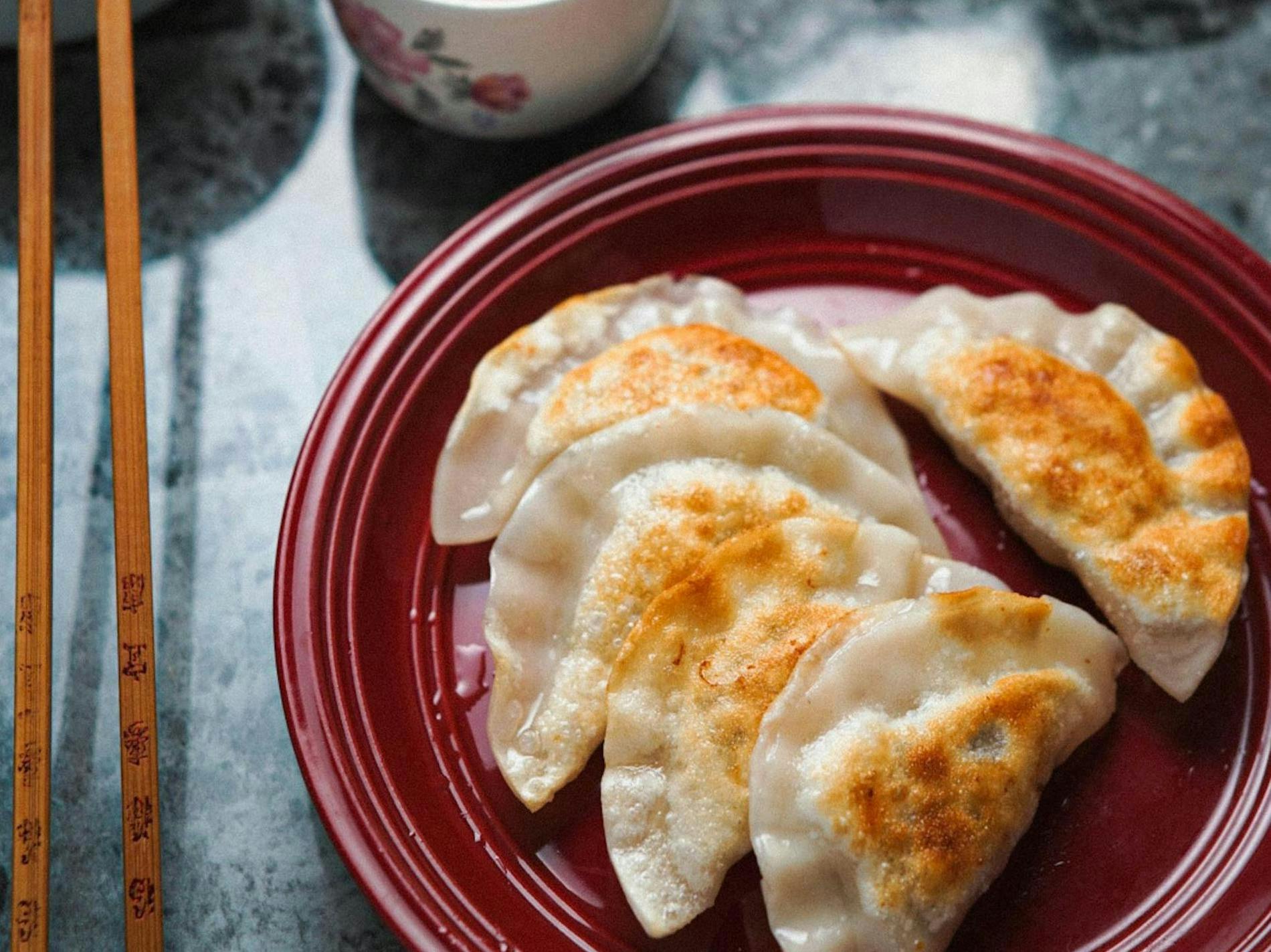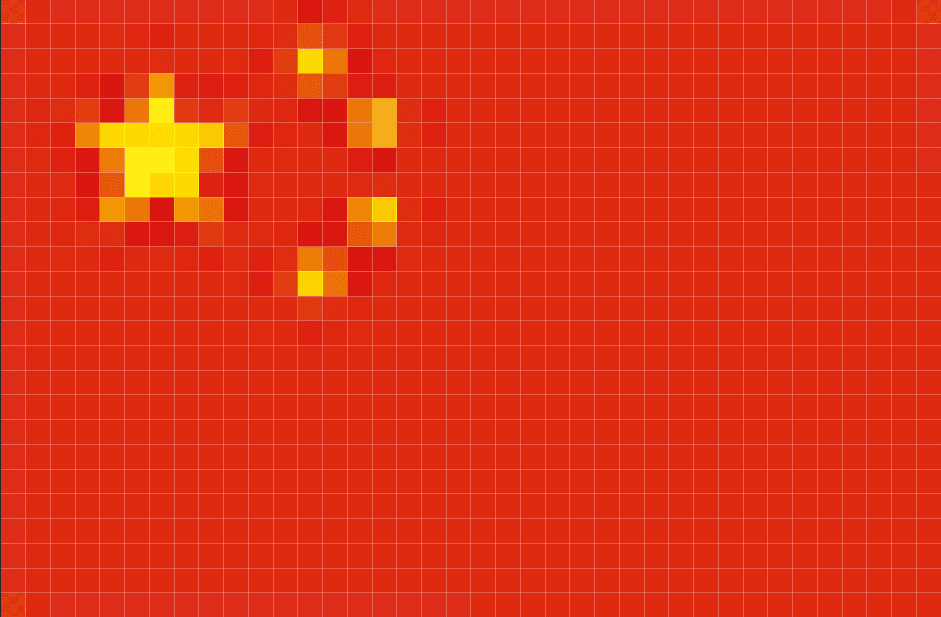your cart
Your cart is empty.
blogs
Gyoza Vs Dumplings: Is There a Difference?
All gyoza are dumplings, but not all dumplings are gyoza. Delve into these Japanese delicacies and their variations.

Dumplings, in one form or another, are an important culinary tradition in many cuisines across the world. They are particularly prominent in China and Japan, with regional and flavour variations contributing to a diverse selection of bites perfect for adding to stews, soups and sides.
But where do Japanese gyoza fit in – are they part of the dumplings family or are they something different? Let’s break down this popular dish.
What are Gyoza in Japanese Cuisine?
Gyoza are a type of crescent-shaped Japanese dumpling consisting of thin dough wrappers with a meat (traditionally pork) and vegetable filling.
All gyoza are dumplings, but not all dumplings are gyoza, as this term refers to the specific style of dumplings enjoyed in Japan.
The dumplings are often sold in ramen shops, restaurants, izakaya and even specialty gyoza establishments, where they are usually enjoyed alongside a dipping sauce.
While gyoza are not too hard to make yourself, frozen gyoza packets are a really convenient option, giving you an instant, authentic taste without any hassle in the kitchen. Ajinomoto, CJ Bibigo and Allgroo are all popular brands available at our Japanese online store that make frozen gyozas in various flavours – perfect for cooking up at home!

What are Gyoza Made of?
Gyoza wrappers are made from a simple dough consisting of water, flour and salt. As with any other kind of dumpling, their fillings can vary widely, with endless options. The traditional and most common gyoza filling includes:
- Minced pork
- Cabbage
- Chinese chives\ nira
- Garlic
- Ginger
These pork gyoza are usually the default option, although you can get all-vegetable, chicken, beef and shrimp-based fillings too.
Gyoza Dipping Sauce
You wouldn’t get the full gyoza experience if you didn’t pair them with a delicious dipping sauce. Traditional gyoza sauce is very simple and is usually made up of half soy sauce and half rice vinegar with a sprinkle of chilli. Other versions may also include sesame oil, honey, garlic, ginger and other seasonings.
Chinese Dumplings Vs Gyoza
Gyoza likely originates from China. They were introduced to Japan in the 19th century but started becoming more widely enjoyed after the Second World War when returning soldiers brought back their love for the Chinese delicacies. Gyoza closely resemble Chinese dumplings known as jiaozi, which is where the Japanese name comes from.
What is Jiaozi?
In a general sense, gyoza and jiaozi dumplings are the same thing. However, there are some slight differences between the Japanese and Chinese styles.

The Difference Between Jiaozi & Gyoza
Jiaozi wrappers are usually slightly thicker than gyoza wrappers because they are handmade, while their Japanese counterparts are made by machines a lot of the time. The other main difference comes from the way they are cooked.
While both dumplings can be prepared in various ways, jiaozi usually refers to dumplings that are steamed or boiled – this means they end up with a soft, delicate outer casing. On the other hand, gyoza are more commonly pan-fried, which results in a crispier exterior and juicy, succulent inside.
What are Potstickers?
You may also know Chinese jiaozi as potstickers. This is just another name for the dumplings we have been discussing.
Other Types of Chinese Dumplings
When referring to Chinese dumplings, it's likely most people’s first thought will be jiaozi. However, the world of Chinese dumplings is expansive and there’s more than just these crescent-shaped bites to consider.
There are two overarching categories for Chinese dumplings: gao and bao. Gao are dumplings shaped like crescents (i.e. like jiaozi), while bao are purse-shaped or round, with the dough gathered at the top. There are then endless dumpling varieties under these main categories, with differences in the wrappers, fillings and how they’re cooked. Popular options include:
- Siu Mai
- Xiao Long Bao
- Har Gao
- Bao Zi
Different Types of Gyoza
Along with the regional differences between Chinese and Japanese potstickers, there’s also some variation within the gyoza family itself. These different terms indicate how the gyoza are cooked.
- Yaki-Gyoza: pan-fried before water is added and a lid placed on top, allowing the gyoza to steam at the same time.
- Age-Gyoza: deep-fried for an even crispier dumpling.
- Mushi-Gyoza: steamed in a bamboo steamer with no frying.
- Sui-Gyoza: boiled in water or broth for a chewier dumpling.

Want to try some gyoza or other dumplings for yourself? Check out our range of Chinese, Japanese and Korean dumplings to get your fix!
this site uses cookies
We and our advertising partners use cookies on this site and around the web to improve your website experience and provide you with personalised advertising from this site and other advertisers. By clicking allow, you accept the placement and use of these cookies for these purposes. Learn More



